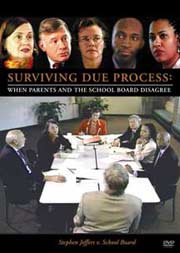Dysgraphia is a specific learning disability that affects how easily children acquire written language and use it to express their thoughts.
Dysgraphia can be diagnosed and treated. Too often children are thought to be lazy or unmotivated if they have poor writing skills or fail to complete writing assignments, when the real problem is dysgraphia.
In this issue of the Special Ed Advocate you will learn about dysgraphia, the importance of assessment and intervention, and find some effective instructional strategies and activities.
Please don't hesitate to forward this issue to other friends, families, or colleagues.
Not a subscriber? Sign up free today! l Read previous issues |




